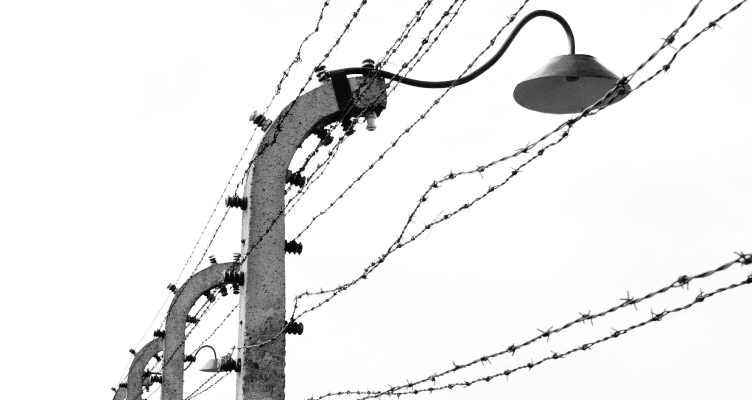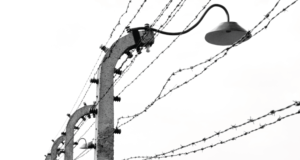
The Story Needs to Be Told

Four years ago, I walked through the gas chambers at Auschwitz. I stood in between the barracks buildings and imagined Nazi soldiers unloading masses of humanity from trains and pushing them along the gravel roads toward extermination. I stood in concrete buildings looking through glass into rooms filled with the belongings of the people who lost their lives there: one room full of shoes, one with glasses, one with shaving kits, one with handbags, one with hair.
My stomach turned more than once during our tour. My eyes filled with tears. My throat tightened. My heart ached with trying to hold all the sorrow I felt.
As we walked across the open space between the latrines and barracks, my friend caught up with our tour guide, Agnieszka. She was probably in her early 40s, a blonde, thin Polish woman with impeccable English. She was small, but her voice was strong and unwavering. She had walked through the camp with us, stopping in various spots and recounting the tales of what had happened there. My friend asked her how she did it. How she came to work every day at a place like Auschwitz. How she was able to tell the horrible stories again and again.
Agnieszka responded by telling a story. She had gotten the job and started the training and—understandably—been overwhelmed by the horror of it all. So she considered quitting. She turned to a friend for counsel, an older woman who was a psychologist. Agnieszka laid out her case to her friend. It couldn’t be emotionally healthy, she argued, to learn all those stories and tell them over and over. She should quit, right? After a few quiet moments, Agnieszka’s friend responded. “I was a prisoner in Auschwitz when I was a baby,” she said. “As hard as it is, the story needs to be told.”
What remains in my memory of what Agnieszka told us on our tour that day is not the horrors. I saw the evidence ofthose. They were real, and they were evil. But no, what I remember from Agnieszka is the stories she told of those who escaped, the stories of people who found love at Auschwitz, the stories of the survivors and their lives after liberation.
Somehow, in the brick buildings and on the barren stretches of land between them, Agnieszka planted hope in our hearts that day. She reminded us that though the world is full of horrors, evil will not win the final battle.
On January 27, more than three hundred survivors attended a ceremony at Auschwitz to commemorate the 70th anniversary of the camp’s liberation. I read about the gathering and remembered Agnieszka. This past year has been one full of the stories of bent people inflicting horror on one another. More than once I’ve been tempted to put my fingers in my ears, close my eyes, and ignore it all. I’ve been tempted to avoid it because I have the luxury of doing so.
But as a believer living in a broken world, that’s not my calling. Instead, I should take a page from Agnieszka’s book. I have to look the horrors full in the face to name them the evil they are. And simultaneously, I point to the glimmers of truth, joy, love, and peace that I see and I say, “There are the seeds of our hope. One day, it will all be redeemed.”

